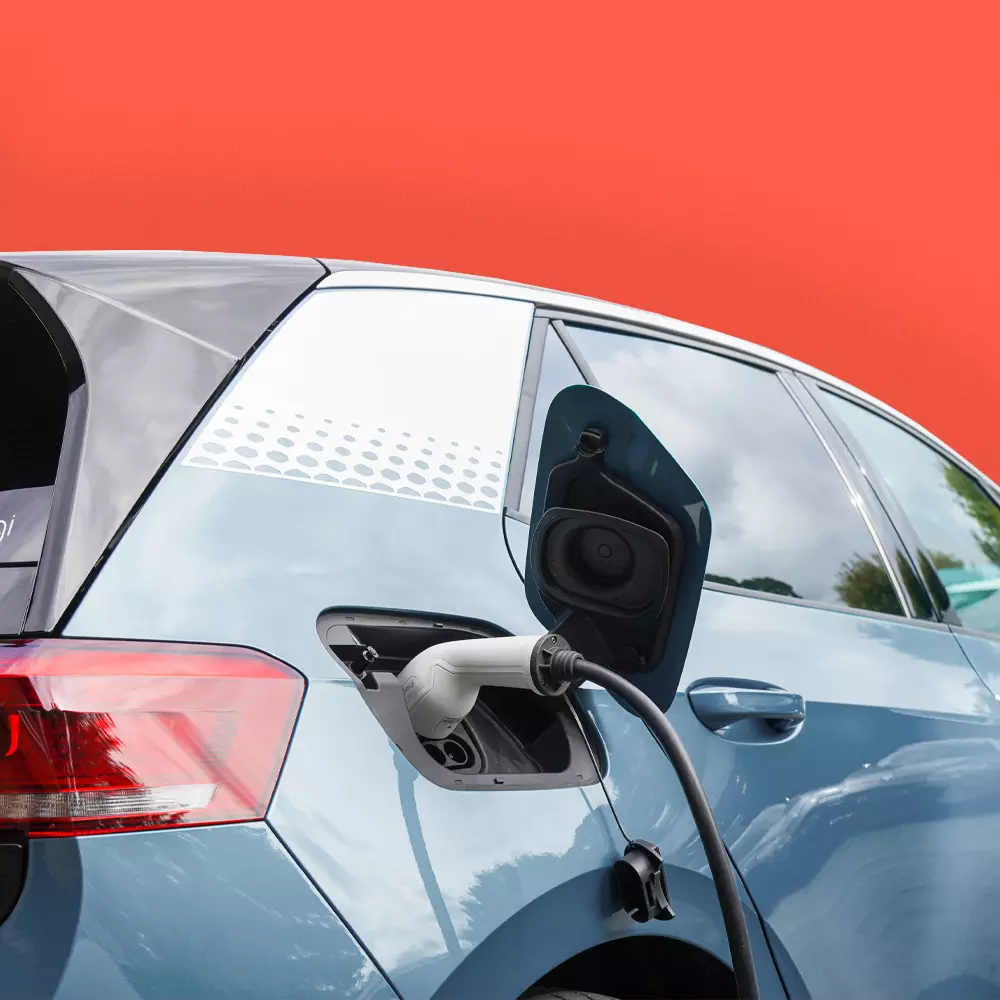

Hero banner custom title
Do electric vehicles actually help to reduce pollution?
4 min
The carbon emission costs associated with electric vehicles (EVs) depend on the national energy mix.
After a brief flickering in the early 20th century, EVs (cars and other electric vehicles) experienced a dramatic revival in the late 1990s, thanks in no small part to the undertakings of General Motors, Renault and above all Toyota, the first automaker to market hybrid cars (the Prius) being manufactured in series. It is from 2010 onwards, however, that most car companies - following Tesla’s example – began investing massively in the electrification of their product range, sparking a global movement that was widely propelled by generous government incentives.
Energy costs
Questions remain, however, about how clean EVs really are. Clearly, battery-powered vehicles emit neither pollutants nor CO₂, unlike their gasoline or diesel-powered counterparts. But the calculation changes dramatically when the carbon content of the energy source being used to charge a lithium-ion battery – and especially to manufacture one – is taken into account, with EV manufacturing appearing to be about twice as energy-intensive. As explained by Patrice Simon, Deputy Director at the RS2E Electrochemical Energy Storage Network research centre and Professor at Toulouse’s Paul Sabatier University, "We now know how to evaluate the amount of CO₂ that a vehicle emits from production through end-of-life. More specifically, we know how to assess per kwh CO₂ emission costs when batteries are being manufactured. It largely depends on the national energy mix”. The environmental cost will therefore be much higher in economies like China, Poland, USA or Germany that mainly use fossil fuels as opposed to lower carbon ones like France (whose electricity system is more than 75% powered by nuclear) or Norway (which relies on hydropower). All in all, EVs are clearly a much cleaner option in the latter countries than in the former.
Battery recycling
Different organisations – including Chicago’s Argonne National Laboratory and the University of Liège in Belgium – are trying to calculate how many thousand kilometers an EV must travel to "offset" the carbon surcharge incurred during its manufacturing phase. Results have varied depending on the parameters used. According to Simon, the balance only tilts in favour of electric vehicles if “the second life of batteries is taken into account”. The problem is that this kind of recycling is also very energy-intensive. "More than 90% of metals can be recycled but a lot of work still has to be done to make the process more cost-efficient and environmentally-friendly. There is a lot of research being done in this area nowadays." Given the huge number of batteries that will require recycling in the future, however, the challenge remains substantial. The hope is that efforts in this area will also address another recurring criticism of the shift to electric, namely increased dependence on relatively rare metals such as lithium, nickel and cobalt – all of which are being mined under highly polluting and arduous conditions.
EVs would reduce European emissions by 66 to 69% compared to petrol-powered vehicles.
One July 2021 study has tried to develop a consensus view. Published by the International Council on Clean Transportation (ICCT), it covers vehicles’ complete lifecycle and notes that emissions in Europe would fall by 66 to 69% with a fleet comprised of EVs instead of comparable petrol-powered vehicles. The gap would vary from 60 to 68% in the United States, 37 to 45% in China and 19 to 34% in India, with the electric option coming out on top every time. Indeed, by projecting to the year 2030 and incorporating technological progress as well as different national decarbonisation commitments, EVs come out even further ahead.
Share it:












